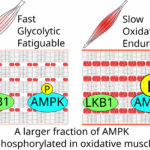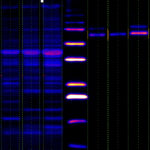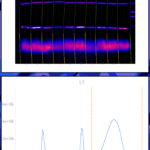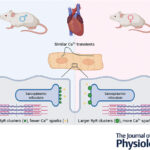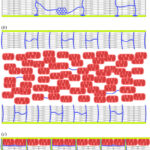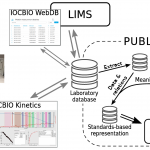
Hamed Karimi, Martin Laasmaa, Margus Pihlak, Marko Vendelin
Science Advances 2025 Apr 18;11(16):eads4609
PMID: 40249821
DOI: 10.1126/sciadv.ads4609
Abstract
Molecular movement and interactions at the single-molecule level, particularly in live cells, are often studied using fluorescence correlation spectroscopy (FCS). While powerful, FCS has notable drawbacks: It requires high laser intensities and long acquisition times, increasing phototoxicity, and often relies on proble...
Read More
